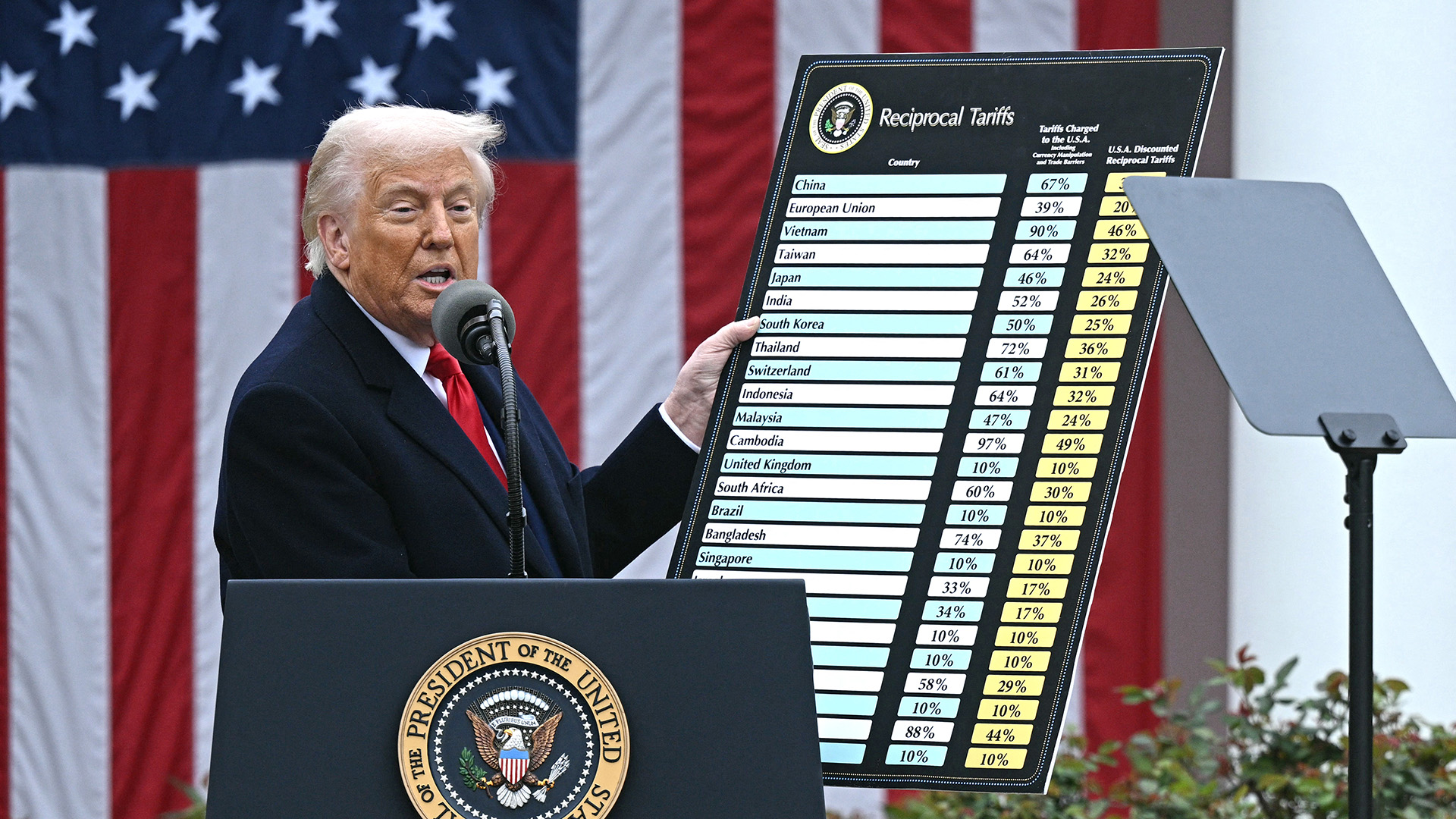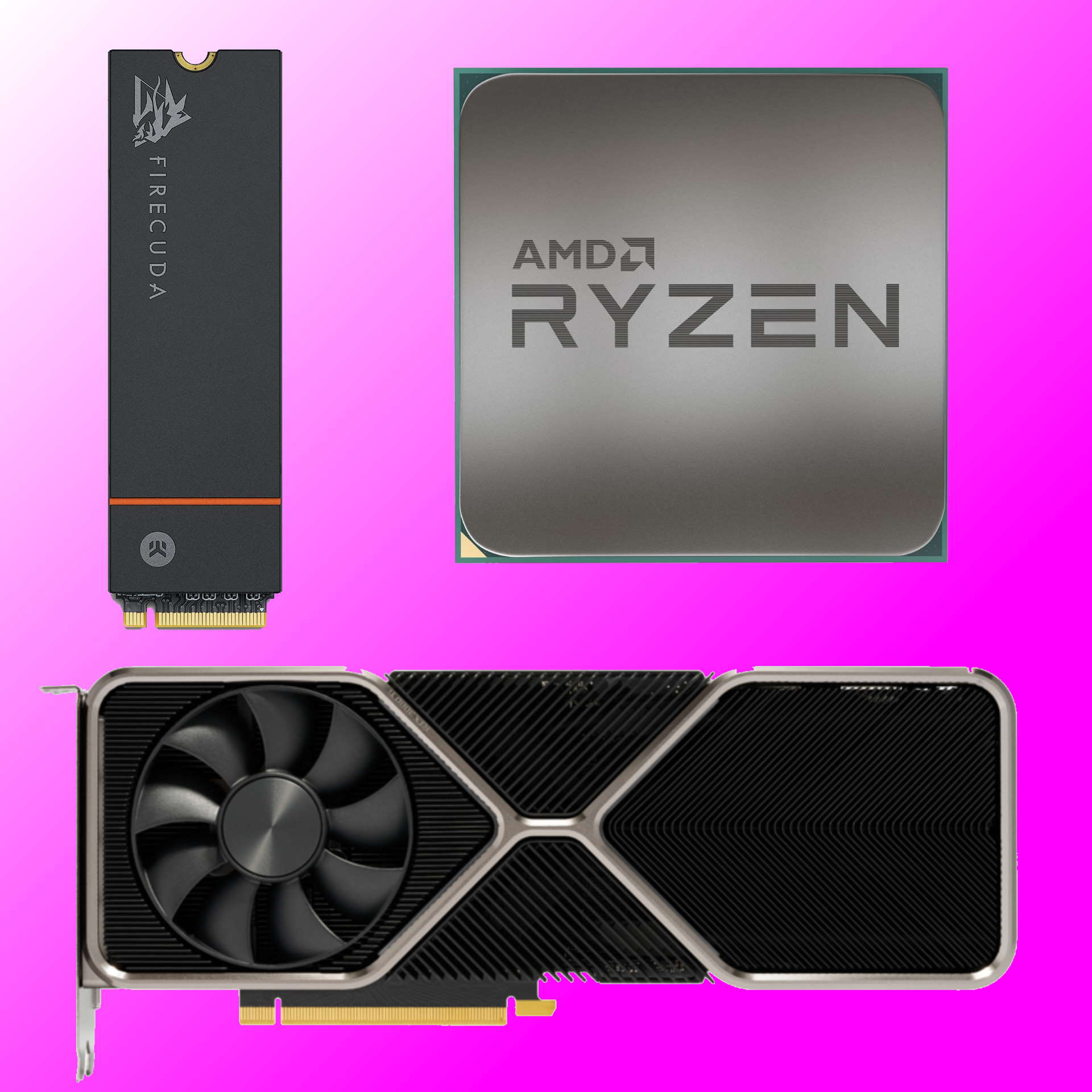
This really isn't my kind of bucket list...
On Friday, the Trump administration exempted smartphones and a load of other computing related hardware from the monstrous 145% tariffs being applied to goods from China. But by Sunday, the President already seemed to be winding back on the winding back, explaining on Truth Social that there were no exemptions, it’s just those product classes were being moved to a new tariff “bucket”. Sorry, what?
In short, it’s pretty much impossible to keep up with the tariff chaos of late. But here’s how things stand in the very moment these words are being written and how it all applies to the PC, at least as much as anyone can say.
On Friday, the Trump administration announced exemptions from the full 145% tariff on goods being imported into the US from China. Among other device and product types, those exemptions covered smartphones, laptop computers, hard drives, CPUs, memory chips as well as flat-screen displays.
20 entries are listed in the exemptions posted on the US Customs and Border Protection website and it seems like the PC and all the components that go into it are largely and perhaps entirely covered off.
The catch is that by Sunday, it emerged that the Trump Administration didn’t view this set of explicit exemptions as, well, exemptions. Instead, U.S. Commerce Secretary Howard Lutnick told TV network ABC that these devices and products would instead be subject to separate tariffs that would also broadly include computer chips and would be imposed “in a month or so”.
Then President Trump told reporters travelling with him on Air Force One that he would be announcing new tariffs on semiconductors in the coming week. When asked whether some products such as smartphones and computing hardware might be exempted, Trump implied they may be. “You have to show a certain flexibility. Nobody should be so rigid,” he said.
After that, he posted on Truth Social, saying, “There was no Tariff ‘exception’ announced on Friday. These products are subject to the existing 20% Fentanyl Tariffs, and they are just moving to a different Tariff ‘bucket.'” As if that wasn’t enough, Reuters claims that Trump also indicated that specific US companies might enjoy exemptions, though no specifics were mentioned.
To recap then, the Trump administration ratcheted up tariffs on most goods from China to 125% on top of a minimum 20% tariff making for a total of 145%, issued an exemption from the 125% rate for a tranche of computing and electronics products, and then announced plans to reapply a new set of tariffs to those exemption classes at the same time as implying some tech companies might get special treatment.
In short, at the current time it is absolutely impossible to say what tariffs will apply to computing goods and how long they will last. However, given the administration’s seeming unwillingness to stick with really punitive tariffs on goods that consumers buy, it’s seems unlikely that the very highest tariff rates will apply to PC hardware.
So, something in the 10%-20% range seems likely. Not a total disaster, but still far from welcome, especially for the likes of, say, graphics cards, which are already extremely expensive. Were we guessing, we’d also expect that prices to end users may be pushed up more than the headline tariff rates.
Given the sheer quantity of chaos around tariffs, there are bound to be costs that go beyond that simple tariff rate that will likely be passed on to consumers, eventually. All of which means that even if the most catastrophic scenarios involving the prices of computing hardware doubling or more now seem unlikely, we should all probably brace for higher prices in the short to medium term.
Best CPU for gaming: Top chips from Intel and AMD.
Best gaming motherboard: The right boards.
Best graphics card: Your perfect pixel-pusher awaits.
Best SSD for gaming: Get into the game first.




